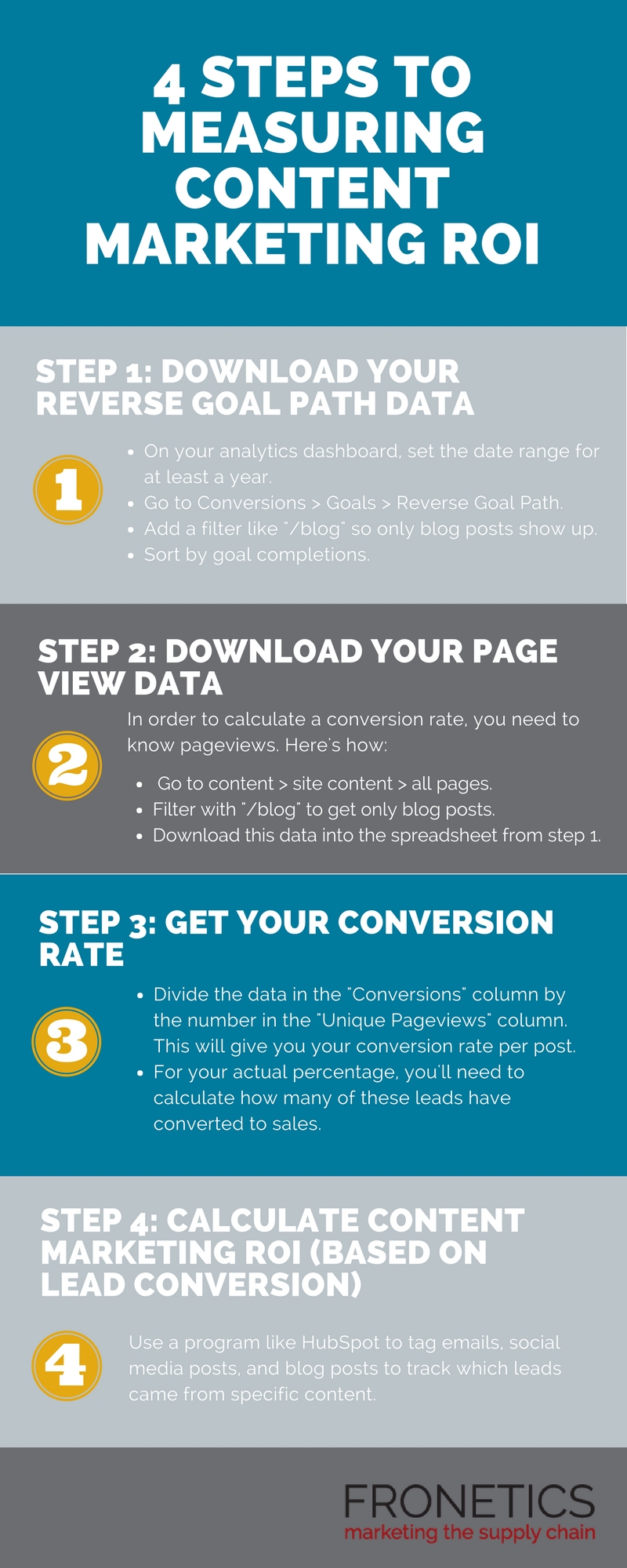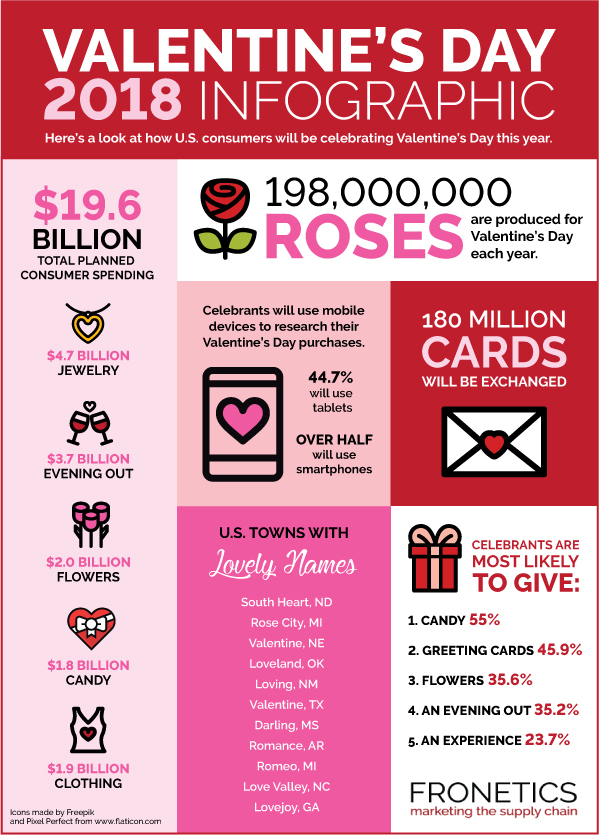
by Fronetics | Jun 7, 2018 | Blog, Content Marketing, Logistics, Marketing, Social Media, Supply Chain
Supply chain and logistics marketers need to incorporate social advertising into their content market strategy (and budget) to stay on top of marketing’s biggest driver.
The way audiences use social media channels is constantly changing. As marketers, we need to make sure we’re adapting to these changes. One of the biggest changes we’ve seen so far in 2018 is the increased use of social advertising.
Social advertising is a paid form of paid digital advertising on social media platforms. For example, the advertising platforms provided by Google, Twitter, and Facebook involve “targeting and presenting ads based on relationships articulated on those same services.” Oftentimes, social advertising is one part of a larger marketing strategy.
Sounds easy enough to implement, right? Well, there are so many options and so many more users. If you’re taking the time and money to invest in social advertising, you need to ensure that you’re using the right platforms and getting in front of your target audiences.
[bctt tweet=”With over 3.5 billion internet users worldwide, it’s easy to see the reach ads on social media platforms can have. Facebook alone has over 2 billion daily active users. 2 billion! ” username=”Fronetics”]
In Social Media Examiner’s new report, it’s hard to dispute that social advertising is anything but powerful. With over 3.5 billion internet users worldwide, it’s easy to see the reach ads on social media platforms can have. Facebook alone has over 2 billion daily active users. 2 billion! That’s a lot of opportunities for distributing your content and gaining new followers.
Here are some powerful statistics to prove the weight of social advertising and why it’s worth your time and pennies.
Infographic: A look at social advertising for B2B marketers

(Made with Canva)
Key takeaway
For the first time in years, Social Media Examiner’s report revealed that marketers are more focused on lead generation than cultivating a loyal fan base. What does this mean for you? The focus has shifted from engagement to metrics and automation.
As marketers, we need to watch for increased use of chatbots and other marketing automation tools that can help supply chain marketers become more efficient and more successful in earning and converting leads.
Related posts:

SaveSave
SaveSave

by Fronetics | May 24, 2018 | Blog, Content Marketing, Current Events, Logistics, Marketing, Social Media, Supply Chain
Influencer marketing capitalizes on the relationship between popular influencers and their followers to help your organization reach your target audience.
By now you’re aware of the latest marketing trend: influencer marketing. For decades, Hollywood elite have been used to promote everything from make-up to movies and now this trend is taking over the most popular social media sites.
[bctt tweet=”Why is influencer marketing so effective? Because buyers trust influencers talking about your products and services more than they trust you talking about yourself.” username=”Fronetics”]
Influencer marketing is a form of marketing in which marketers identify individuals that have influence over potential buyers and create marketing campaigns and activities around these influencers. Why is this so effective? Because buyers trust influencers talking about your products and services more than they trust you talking about yourself.
Is influencer marketing here to stay?
Linqia’s latest report, The State of Influencer Marketing 2018, shows that companies are already taking full advantage of this marketing trend. The report shows that 86% of marketers used influencer marketing in 2017, and 92% of marketers that tried it found it to be effective.
But don’t just take our word for it. Here are some statistics that prove you should pay close attention to this trend.
Infographic: Influencer Marketing and the Supply Chain

(Made with Canva)
With 39% of marketers planning to increase influencer marketing budget this year, B2B companies are quickly seeing the leverage that influencers can have over their target audiences. By teaming up with the right influencer, marketers can easily reach thousands of potential consumers, increasing website traffic and leads.
The bottom line: influencer marketing can be an extremely effective aspect of a B2B business’ content marketing strategy.
Have you tried influencer marketing? How was your experience?
Related posts:


by Fronetics | May 15, 2018 | Blog, Content Marketing, Current Events, Logistics, Marketing, Supply Chain, Talent
Use these 5 strategies to overcome the supply chain talent gap, filling critical positions with qualified hires and streamlining processes for future talent.
The U.S. Bureau of Labor Statistics projects the number of supply chain management and logistics jobs will increase 26% from 2010 to 2020. That means, in the near future, for every five to 10 job openings, there is one qualified applicant. These are the kind of odds you hope for in Vegas, but not if you’re looking to fill positions, and quickly.
[bctt tweet=”One-third of supply chain and logistics companies have taken zero steps to create or feed their future talent pipeline.” username=”Fronetics”]
It’s no secret — the supply chain is experiencing a major talent gap. In fact, in a recent DHL survey nearly 70% of survey respondents list “perceived lack of opportunity for career growth” and “perceived status of supply chain as a profession” as having a high or very high impact on their ability to find, attract, and retain talent. What’s even more interesting is that one-third of supply chain and logistics companies have taken zero steps to create or feed their future talent pipeline. Don’t be one of those companies!
Let’s face it: Many don’t perceive supply chain and logistics as a sexy profession. But there are real benefits for people that get into the industry. Cutting-edge technology, career growth, and environmental impact are just the tip of the iceberg. There are ways to showcase all the industry has to offer, giving you qualified hiring options and helping manage processes for future talent.
These five strategies will not only help you start hiring supply chain talent quickly, but will also help you implement processes for prospective positions.
5 strategies for overcoming the supply chain talent gap

(Made with Canva)
Takeaway
The supply chain talent shortage is a hurdle, but not a deterrent. Companies need to step up their game when it comes to finding and retaining qualified candidates. Along with these strategies, highlighting your brand’s unique value and culture will make it stand out as an exciting place to work.
How is your company combating the supply chain talent gap?
Related posts:


by Fronetics | Apr 18, 2018 | Blog, Content Marketing, Logistics, Marketing, Social Media, Strategy, Supply Chain
Here are four simple steps to measure your company’s content marketing ROI and the success of your content marketing strategy.
Measuring your content marketing ROI gives you valuable insight into what’s working (and what’s not) with your content marketing strategy. It’s important to measure if your efforts are profitable so you know where to put your time and money.
Content marketing ROI is harder to quantify than just tracking how many likes your social media pages have. But tracking certain metrics is important for understanding how your content marketing activities are performing. Keeping a close eye on your ROI allows you to make cost-effective marketing choices and to avoid costly mistakes.
In the article, How to Measure Content Marketing ROI: A Simple 4 Step Process, eCommerce content marketing and SEO consultant Bill Widmer breaks down the simple four-step process that will quickly — and effectively — measure your content marketing ROI.
Every company has specific key performance indicators (KPIs) that help shape their marketing strategy. These KPIs will be the foundation for measuring your content marketing ROI.
Infographic: How to measure your content marketing ROI in four easy steps

(Made with Canva)
We all want to see the fruits of our labors. Whether launching a new social media campaign or creating new videos for your blog, we look for instantaneous numbers that will affirm we made the right choices. Calculating ROI might take some time – both in the few extra minutes to do the math and the amount of time that needs to pass before all the data is available — but that number will be invaluable to you.
Want to measure your content marketing ROI?
Related posts:


by Fronetics | Feb 12, 2018 | Blog, Current Events, Logistics, Manufacturing & Distribution, Supply Chain
As Cupid spreads his wings, gifts of experience and romantic, at-home options will take over the market for Valentine’s Day 2018.
Consumers will spend a near-record $19.2 billion on Valentine’s Day 2018, up from $18.2 billion in 2017. According to NRF’s annual survey, over half of the country will participate (55%) in the romantic holiday, spending just over $140 on average.
Gifts of experience
A new Valentine’s trend is giving gifts of experience, such as a spa treatment, concert tickets, or a cooking class. Almost half of celebrants said they would prefer a gift of experience, and 23% said they plan on giving a gift of experience. Blue Apron’s Love at First Bite targets couples looking for gifts of experience with a foolproof, stay-at-home option for Valentine’s Day 2018. And they’re not the only ones! Hello Fresh, Plated and even Whole Foods are publishing blog articles and offering meal options for creating the perfect Valentine’s dinner from the comfort of your own kitchen.
Out on the town
The NRF’s survey also found that younger people (ages 18-34) are more likely to take their Valentine out for the evening than older generations. So it’s no surprise that 6 out of 10 younger celebrants (ages 18-34) would also prefer a gift of experience over candy and flowers.
Mobile trend
95% of Americans own a cell phone. The growing connection between smartphones and digital information is starting to take over Valentine’s Day, as well. Over half of participants plan to use their smartphones to assist with Valentine’s Day purchase decisions. Nearly 40% said they plan to use their cell phone to research products and compare prices.
Tradition prevails
Not to worry, though: Celebrants will still purchase plenty of flowers, jewelry and candy to mark the holiday. Celebrants are most likely to give candy as a gift, followed by greeting cards, flowers, and an evening out.
Here’s a look at how U.S. consumers will be celebrating Valentine’s Day 2018.
Valentine’s Day 2018 Supply Chain Infographic

Related posts:
















